the faculty bookshelf
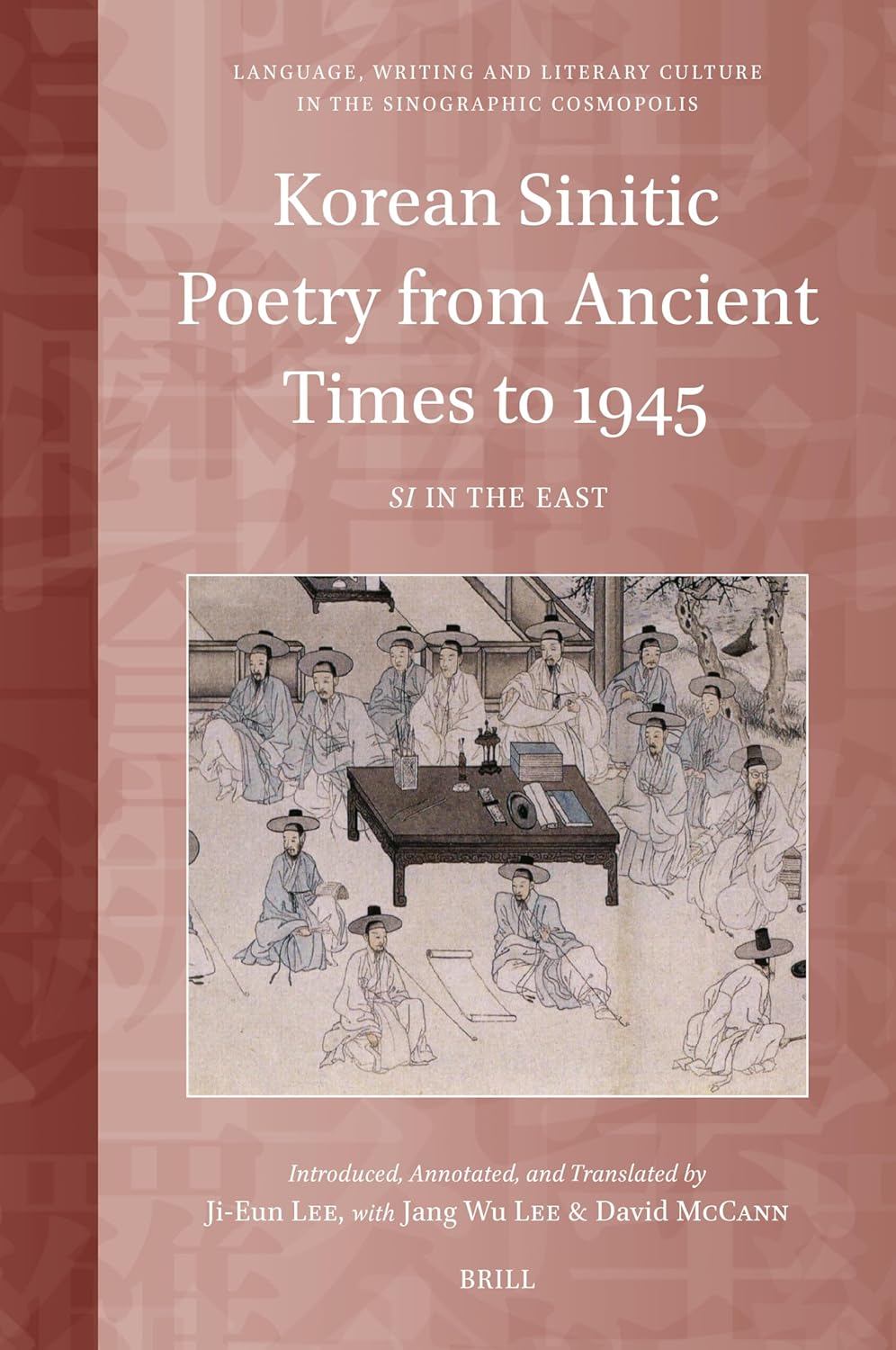
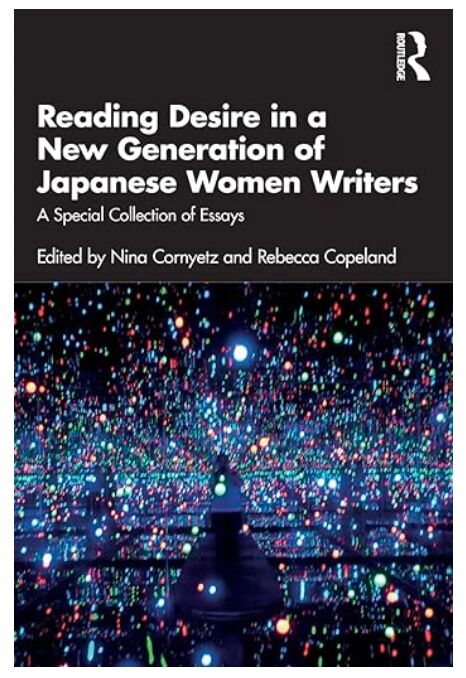
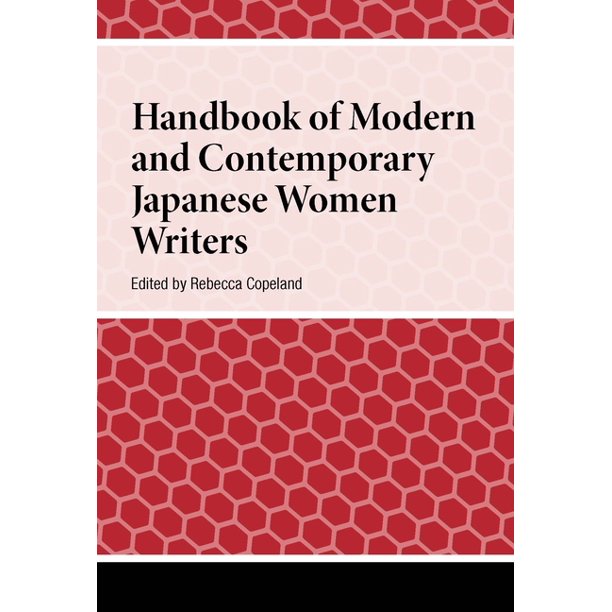
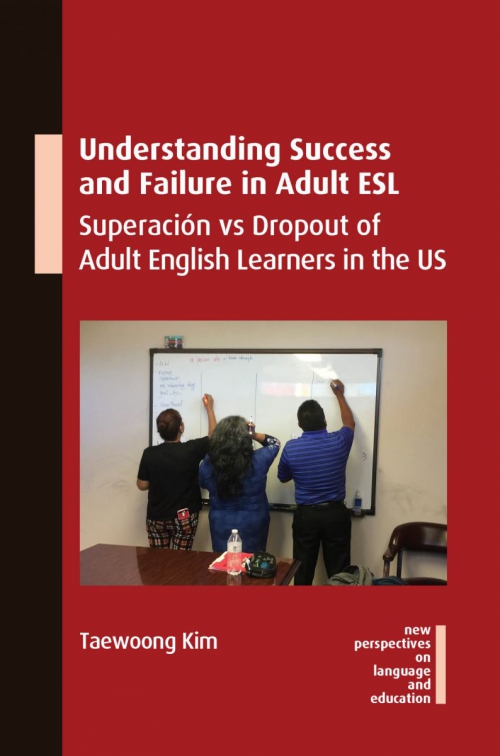
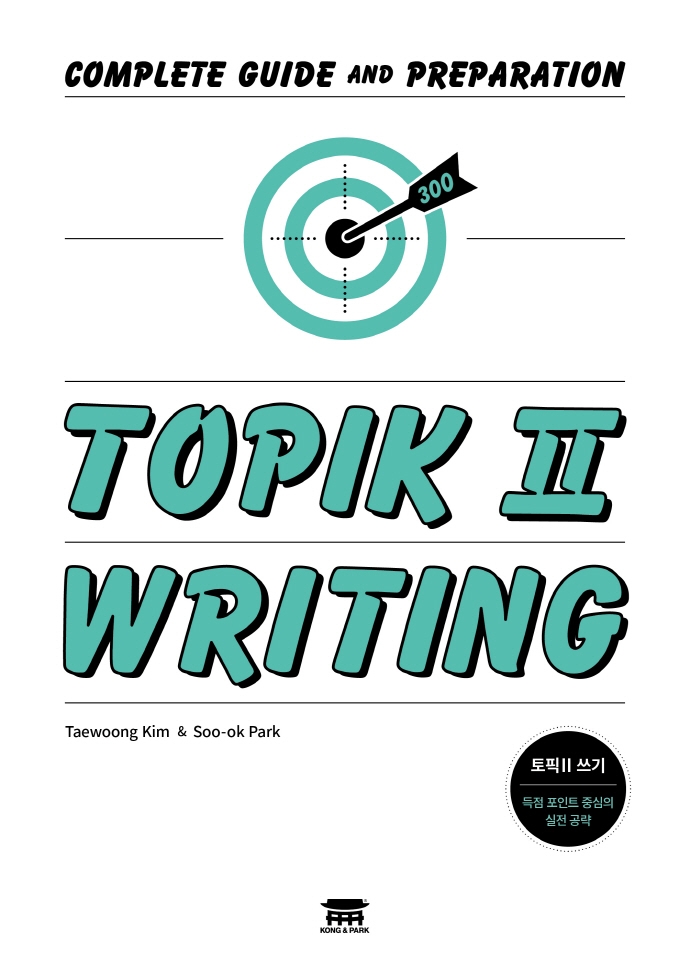
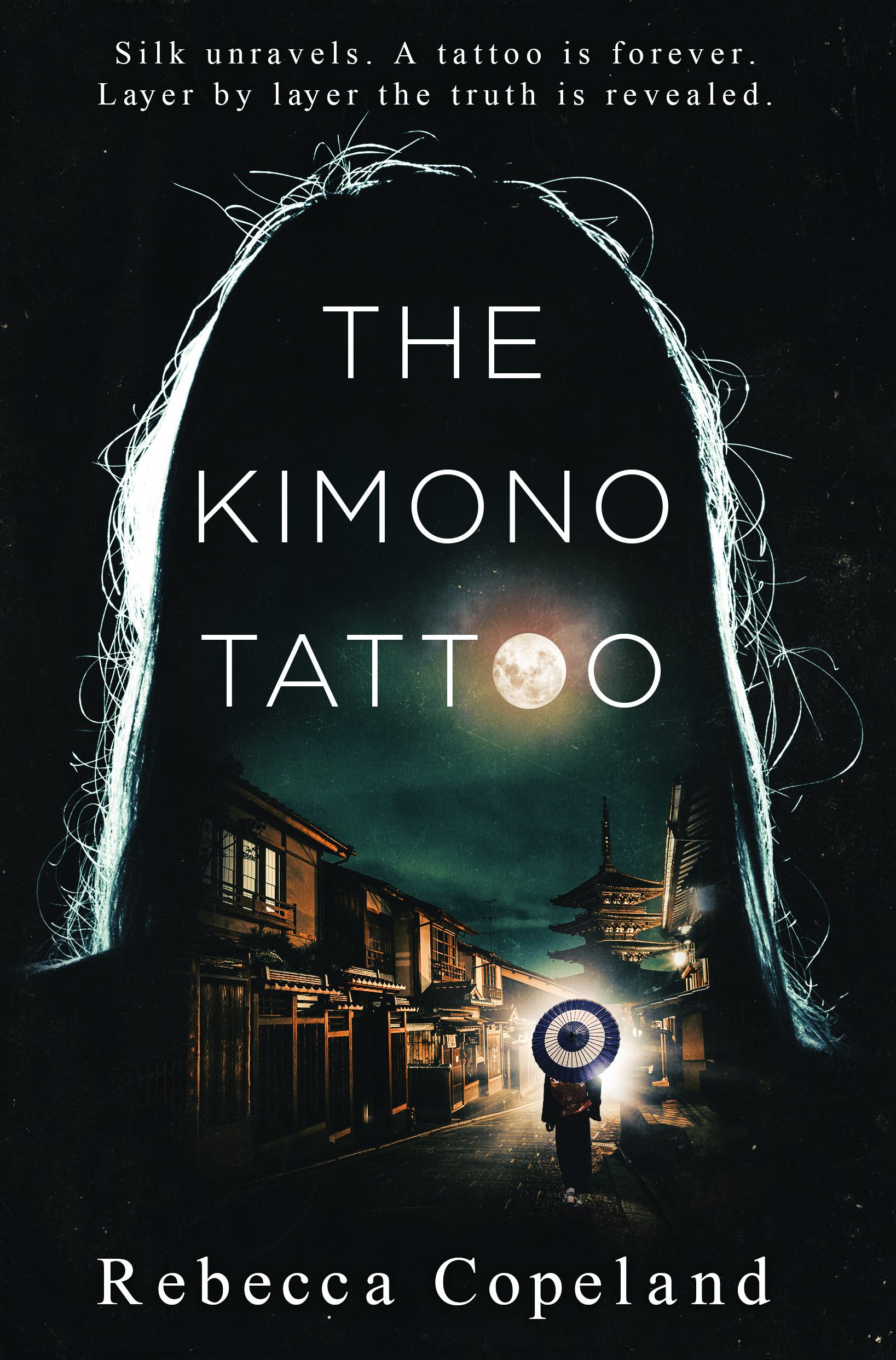
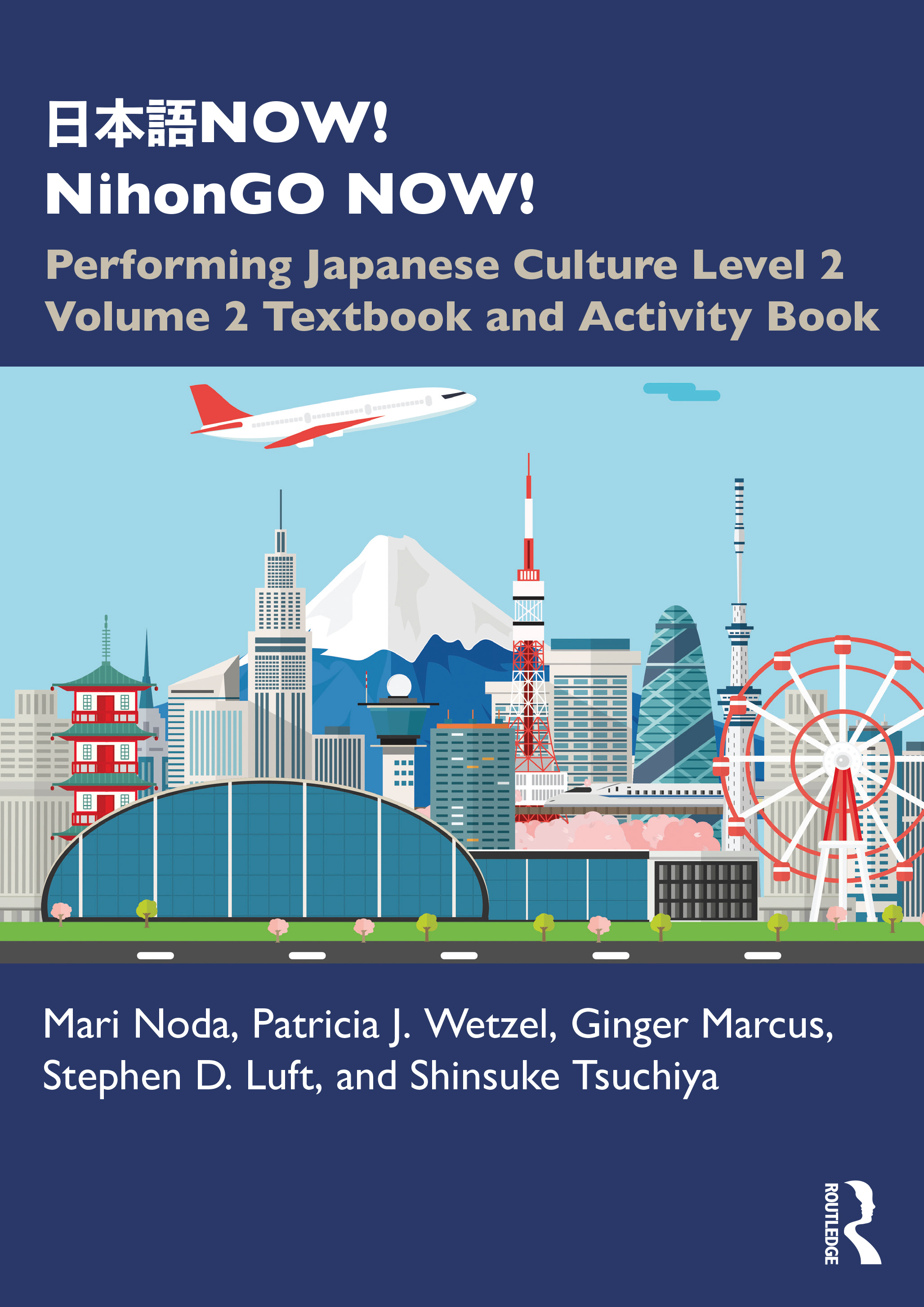
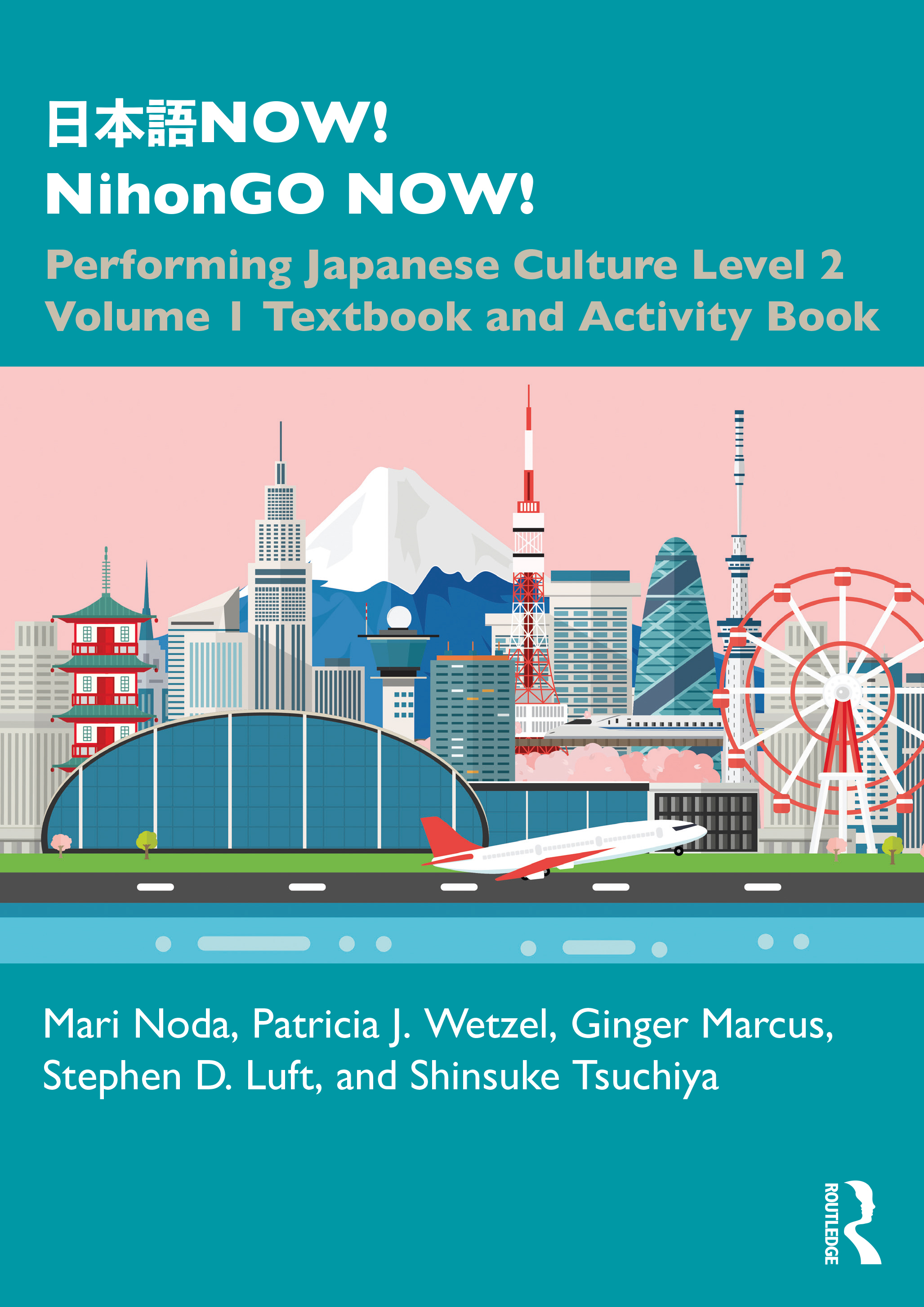

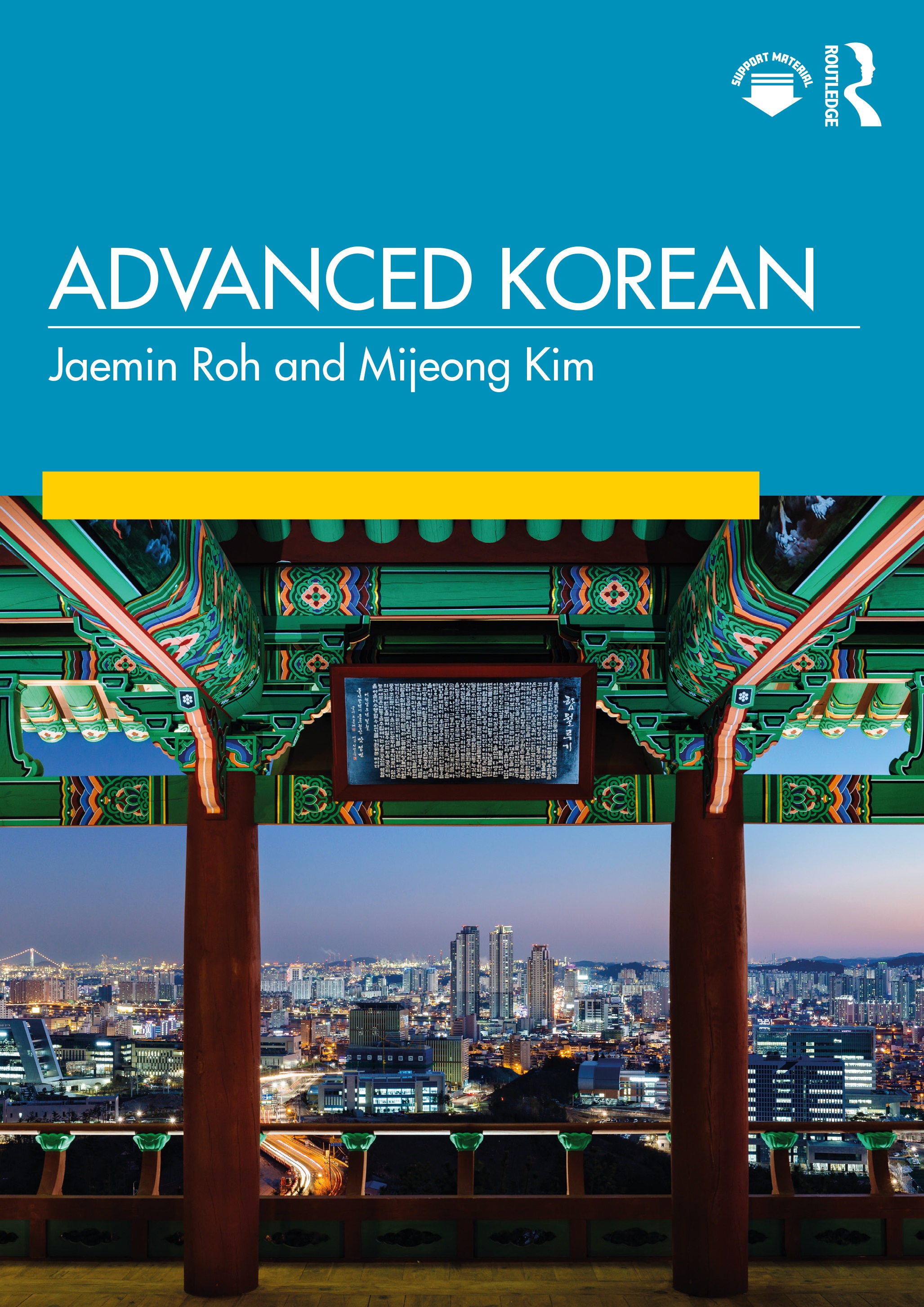
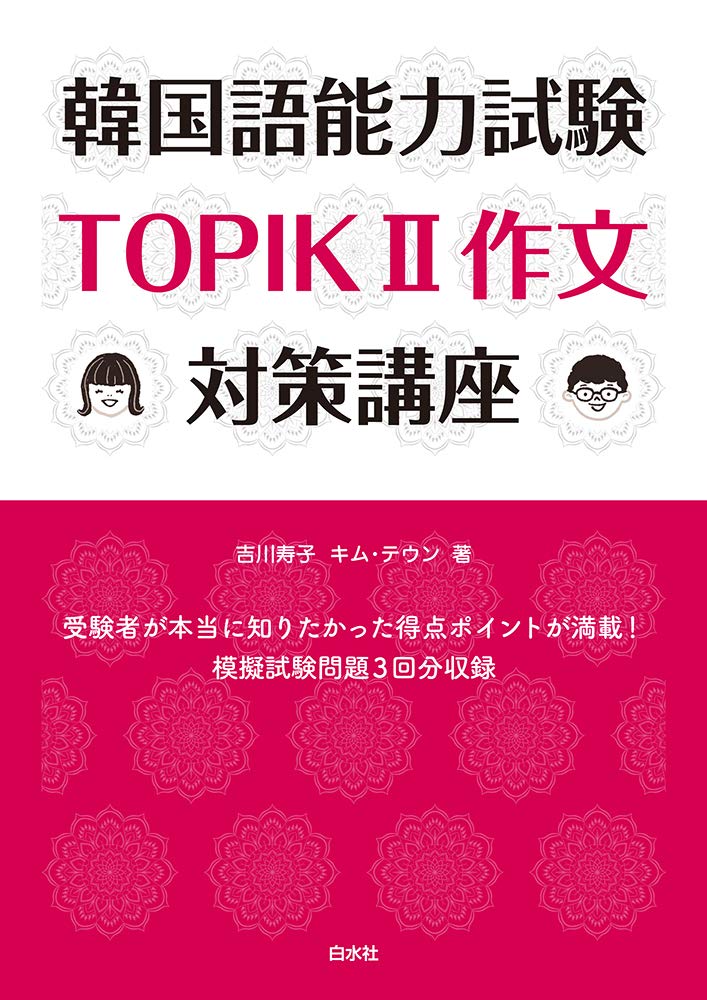
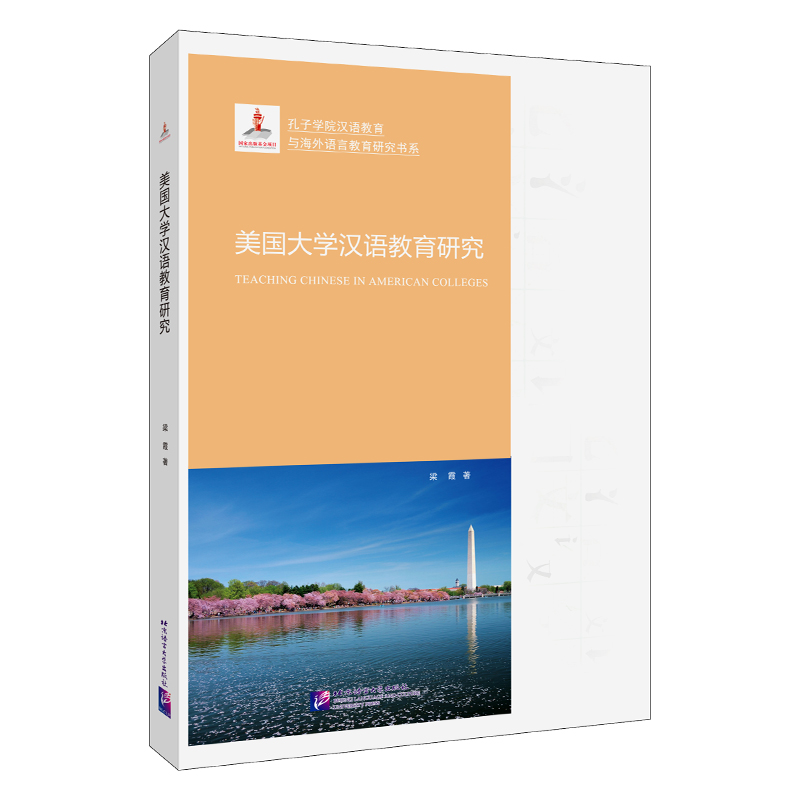
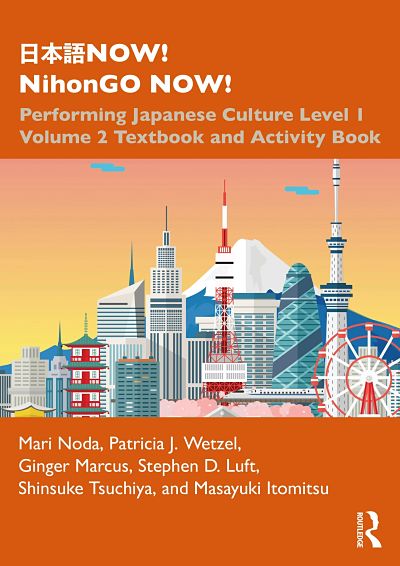
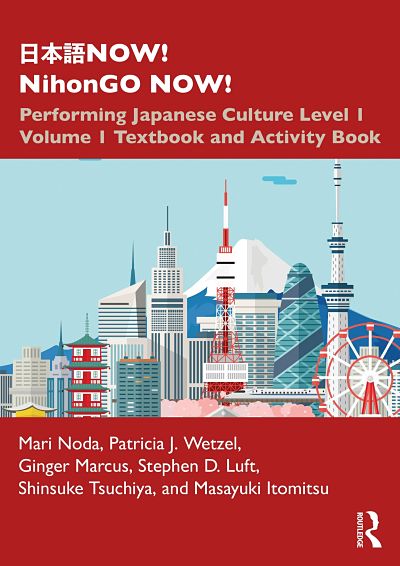
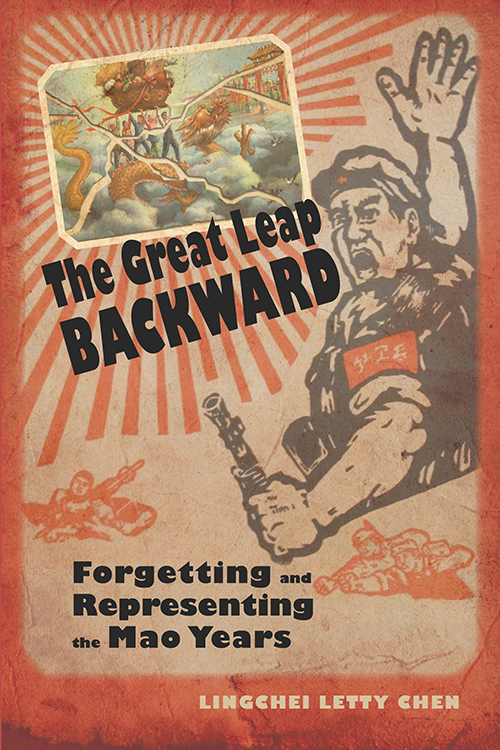
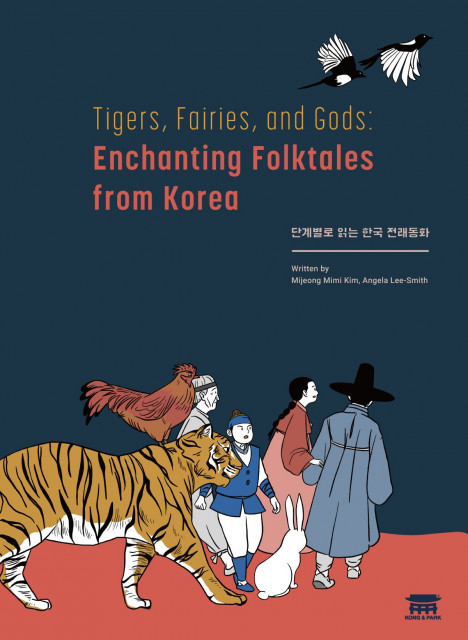
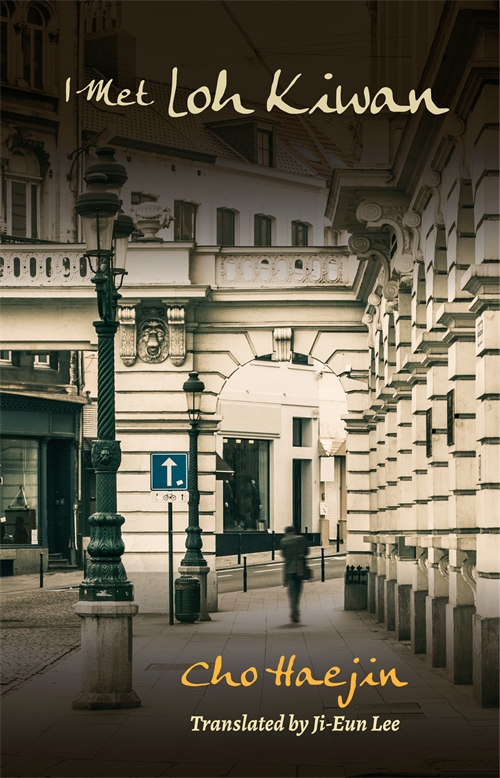
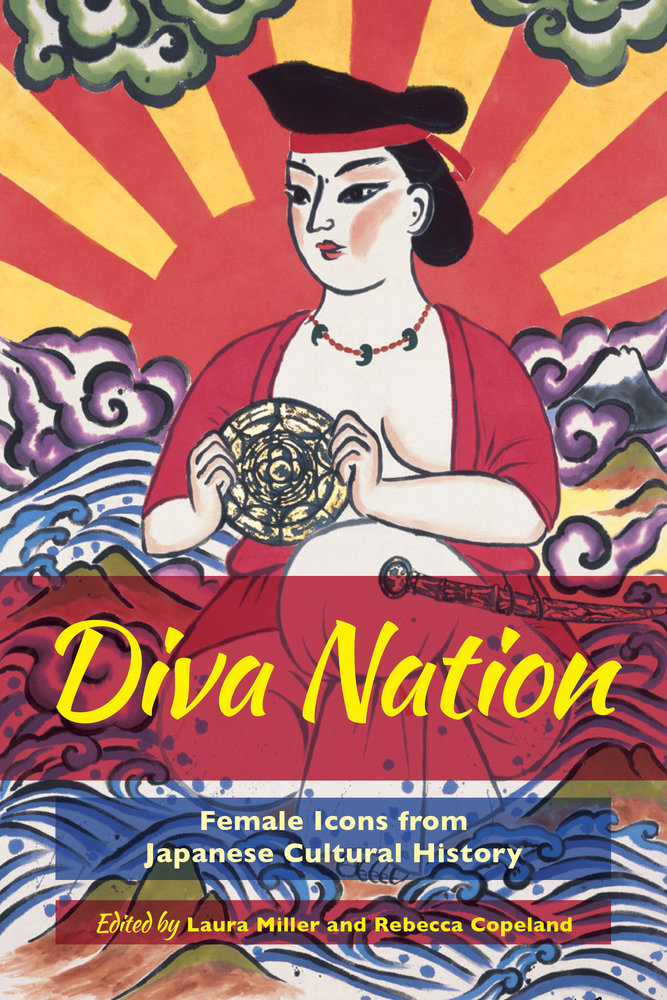
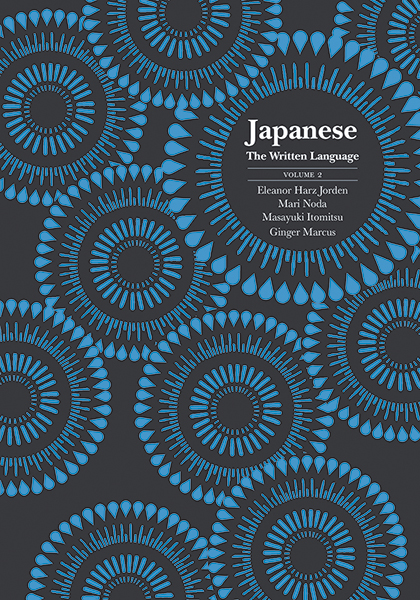
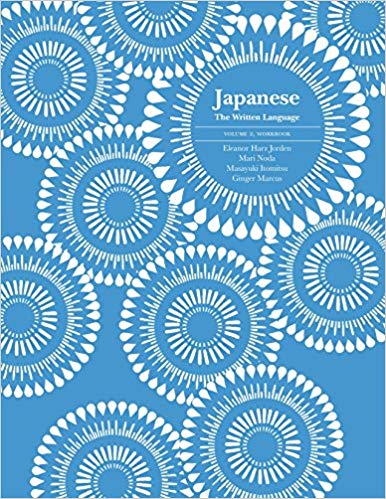
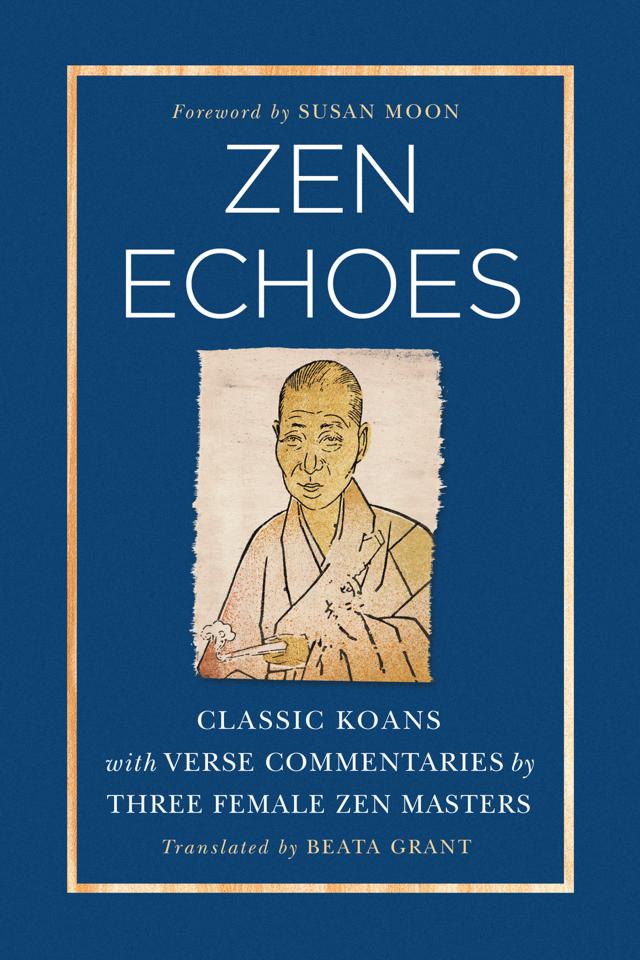
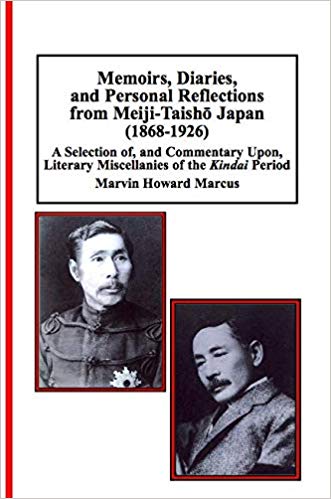
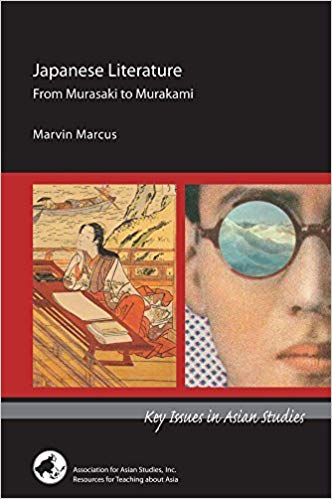
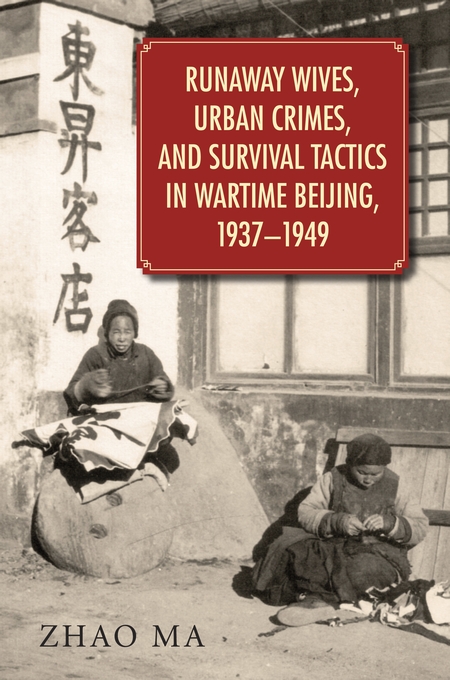
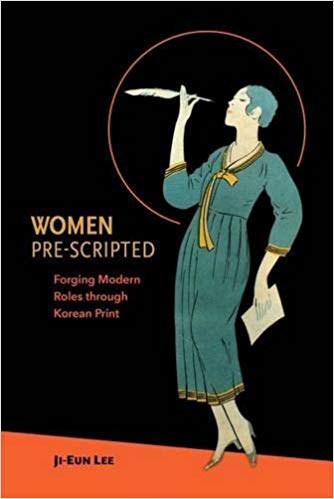
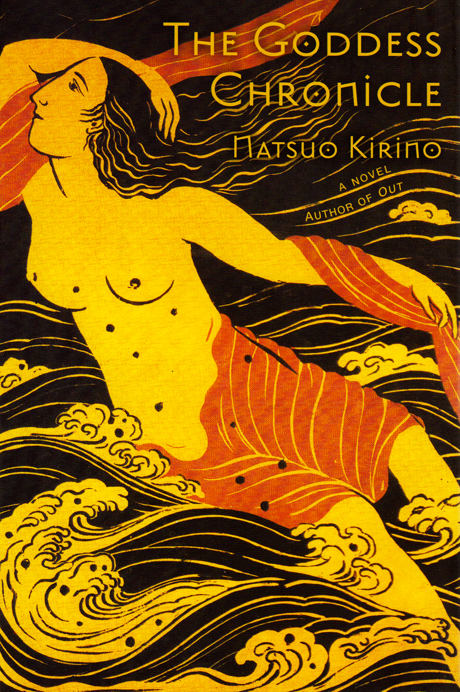
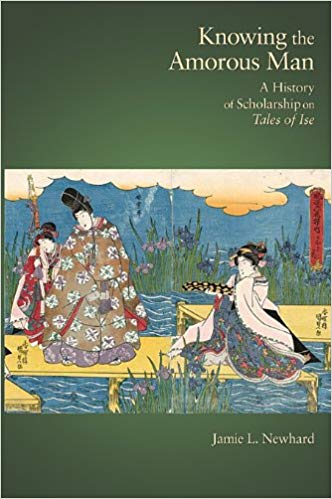
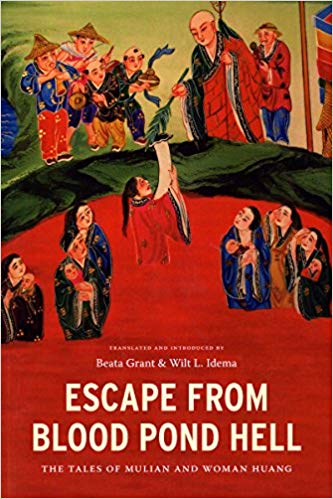
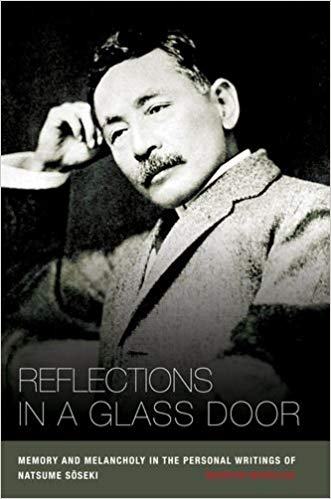
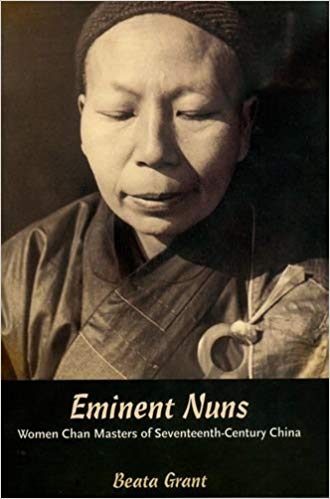
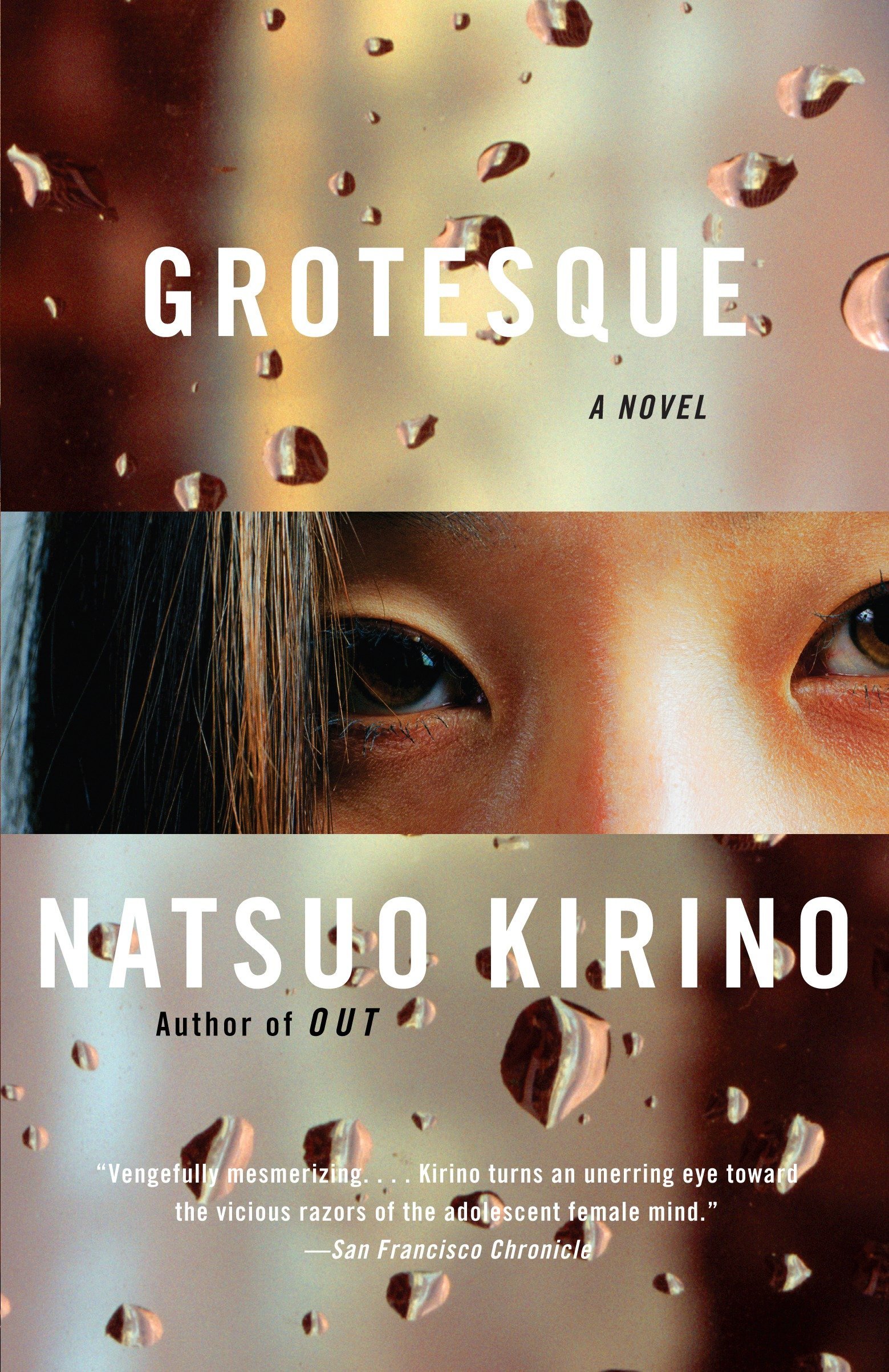

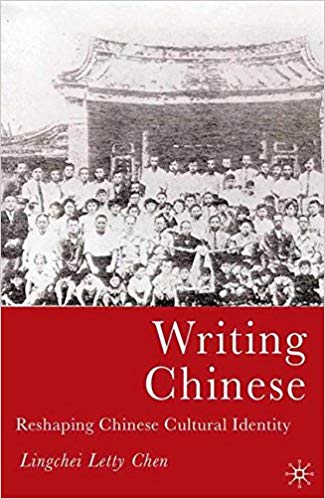
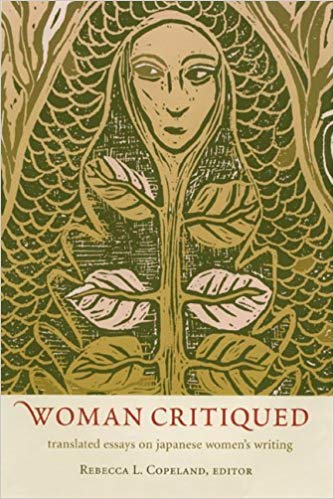
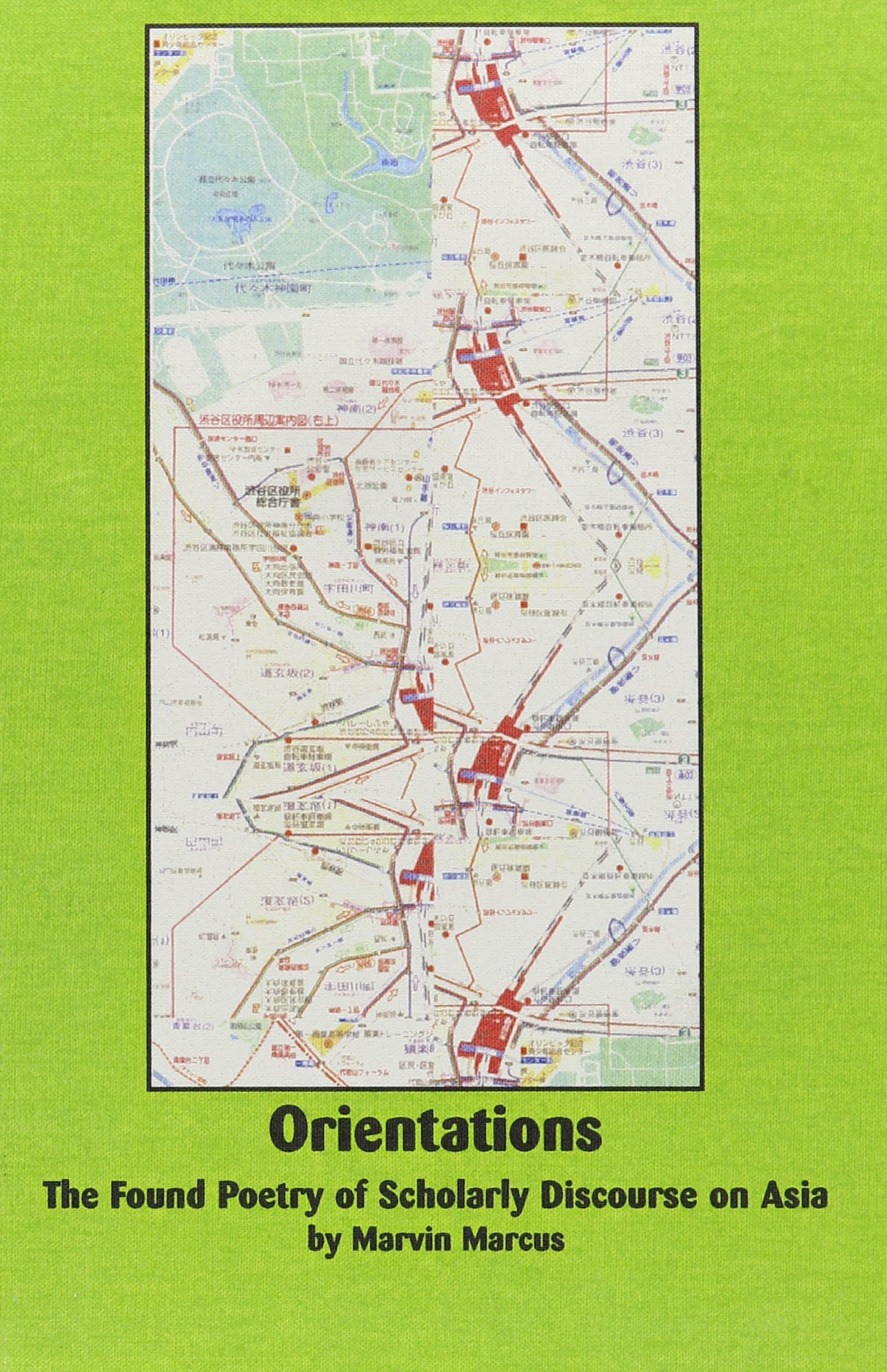
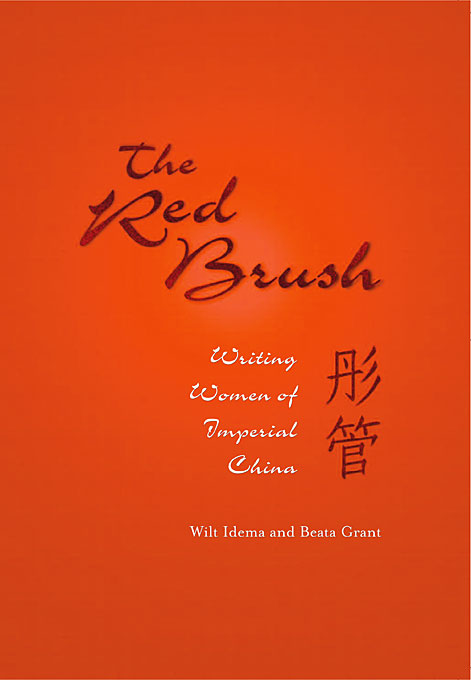
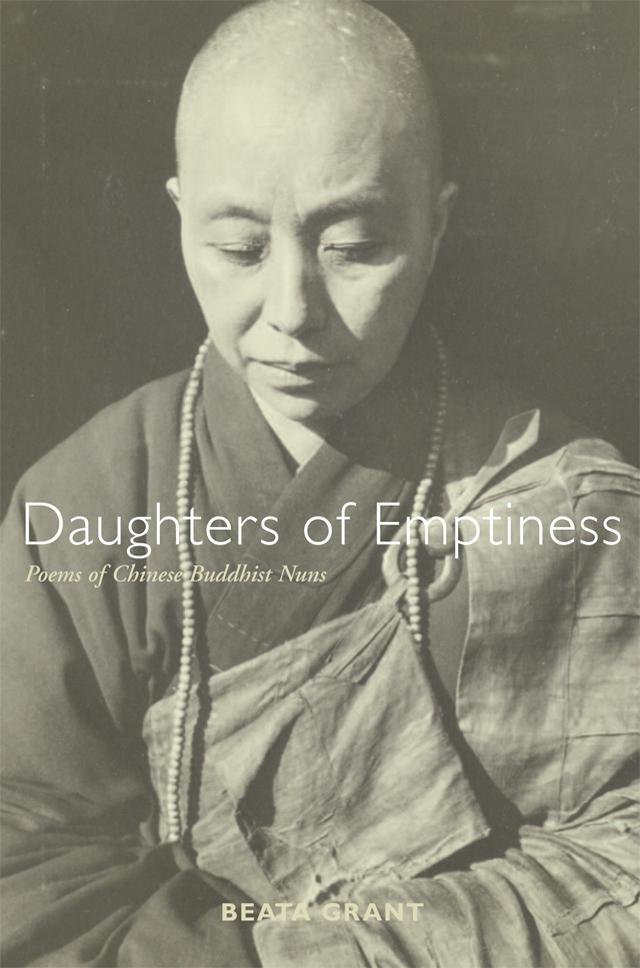
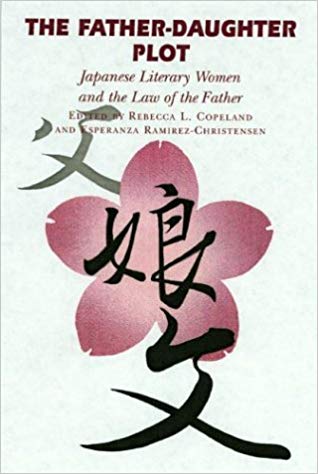
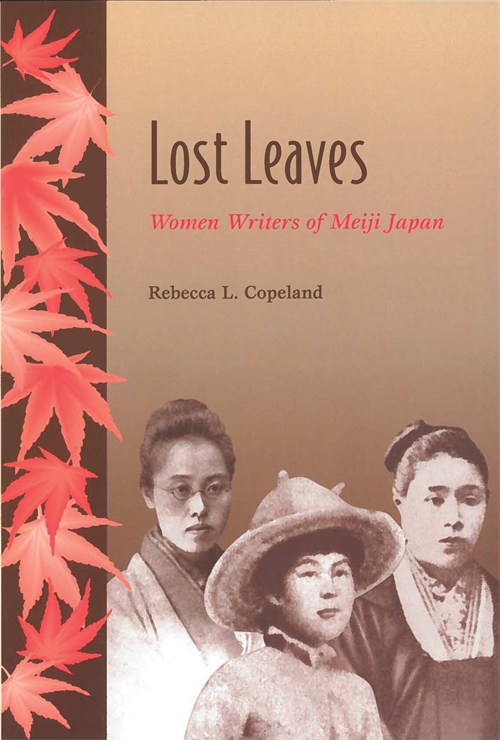
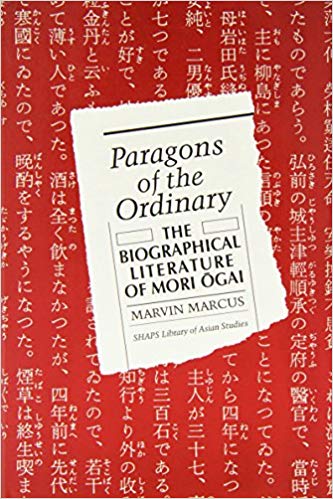
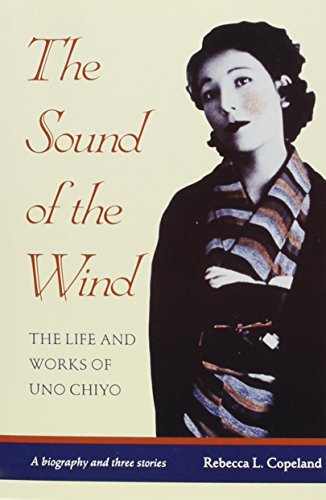
Korean Sinitic Poetry from Ancient Times to 1945: Si in the East
Korean Sinitic Poetry from Ancient Times to 1945: Si in the East offers a ground-breaking introduction to the oral performative aspect of Korean Sinitic poetry (hansi 漢詩). The anthology introduces 51 representative works of Korean Sinitic poetry from the 9th to early 20th century including 9 by women poets.
Reading Desire in a New Generation of Japanese Women Writers
This book explores desire through the work of a new generation of Japanese women writers, in response to the increased attention these writers have received following the release of their work in the English language.
Handbook of Modern and Contemporary Japanese Women Writers
The Handbook of Modern and Contemporary Japanese Women Writers offers a comprehensive overview of women writers in Japan, from the late 19th century to the early 21st. Featuring 24 newly written contributions from scholars in the field—including EALC alumni Kazue Harada, Sohyun Chun, David Holloway—the Handbook introduces and analyzes works by modern and contemporary women writers that coalesce loosely around common themes, tropes, and genres.
Understanding Success and Failure in Adult ESL
In this publication, Dr. Kim explores the reasons why adult ESL learners drop out of their language classes and suggests explicit strategies for keeping students engaged. The most effective strategies may be personal rather than technical or curricular. Based on a study of a group of Mexican immigrants to the US, the author proposes that superación or 'self-actualization' is crucial to understanding the relative success of adult ESL learners. Learners' decisions to drop out were not hasty or superficial but were based on a commonsense assessment concerning how the class might improve the quality of their lives. Those involved in delivering ESL to adult learners should stress the tangible, practical advantages that accrue with learning English, and at the same time strive to make instruction relevant.
TOPIK 2: Writing
The “Writing” problems are the most dreaded part of TOPIK for many exam takers. However, according to Korean language instructors who have helped with TOPIK preparations for years, each problem has key points that help answer the respective question. If you familiarize yourself with them, you will start to enjoy the “Writing” part of TOPIK. (KONG & PARK USA, Incorporated, 2021)
The Kimono Tattoo
The Kimono Tattoo takes readers on a journey into Kyoto’s intricate world of kimono design, and into a mystery that interweaves family dynamics, loss, and reconciliation.
日本語NOW! NihonGO NOW! Level 2 vol. 2
NihonGO NOW! Level 2 is an intermediate-level courseware package that takes a performed-culture approach to learning Japanese. This innovative approach balances the need for an intellectual understanding of structural elements with multiple opportunities to experience the language within its cultural context.
日本語NOW! NihonGO NOW! Level 2 vol. 1
NihonGO NOW! Level 2 is an intermediate-level courseware package that takes a performed-culture approach to learning Japanese. This innovative approach balances the need for an intellectual understanding of structural elements with multiple opportunities to experience the language within its cultural context.
Yamamba: In Search of the Japanese Mountain Witch
Co-editors Rebecca Copeland and Linda C. Ehrlich bring us a fascinating collection of yamamba (Japanese mountain witch) stories. They first met the yamamba in the powerful short story “The Smile of the Mountain Witch” by acclaimed woman writer Ōba Minako. The story revealed the compelling way creative women can take charge of misogynistic tropes, invert them, and use them to tell new stories of female empowerment.
Advanced Korean
Advanced Korean provides a wide range of topical reading texts and practice material for students making the transition to advanced level proficiency in Korean.
Korean Language Proficiency Test Preparation TOPIK 2 Writing
Kim's book helps students prepare for the standard proficiency test for non-native speakers of Korean.
Teaching Chinese in American Colleges
In this book about pedagogical approaches to teaching Chinese at the university level Liang discusses numerous aspects of teaching Chinese at American colleges and universities, from program development to teaching heritage language learners.
日本語NOW! NihonGO NOW! Level 1 vol. 2
NihonGO NOW! is a beginning-level courseware package that takes a performed-culture approach to learning Japanese. This innovative approach balances the need for an intellectual understanding of structural elements with multiple opportunities to experience the language within its cultural context.
日本語NOW! NihonGO NOW! Level 1 vol. 1
NihonGO NOW! is a beginning-level courseware package that takes a performed-culture approach to learning Japanese. This innovative approach balances the need for an intellectual understanding of structural elements with multiple opportunities to experience the language within its cultural context.
The Great Leap Backward: Forgetting and Representing the Mao Years
In this unprecedented study The Great Leap Backward, inspired by Holocaust studies, memory work such as fiction, memoirs, autobiographies, and documentary films that have surfaced since Mao's death are examined to uncover the many aspects of the forces underlying remembering and forgetting. These are significant for they also embody the politics of writing and publishing traumatic historical memories in contemporary China and beyond. Beginning with a scar literature classic and ending with popular Cultural Revolution memoirs that appeared early in the twenty-first century, this study provides us with another important way through which memory studies can help us grapple with traumatic histories.
Tigers, Fairies, and Gods: Enchanting Folktales from Korea
Mimi Kim's book Tigers, Fairies, and Gods: Enchanting Folktales from Korea (co-written with Angela Lee-Smith ) is for Korean language learners who want to improve their proficiency while learning about Korean culture. Reading the folktales in this book, students will gain a deeper understanding of Korean culture and improve their communication skills in the language.
I Met Loh Kiwan
Ji-Eun Lee's translation of Cho Haejin's short novel I Met Loh Kiwan follows North Korean refugee Loh Kiwan to a place where he doesn’t speak the language or understand the customs. His story of hardship and determination is gradually revealed in flashbacks by the narrator, Kim, a writer for a South Korean TV show, who learned about Loh from a news report. She traces his progress from North Korea to Brussels to London as he struggles to make his way and find a home in an unfamiliar world.
Diva Nation: Female Icons from Japanese Cultural History
Diva Nation explores the constructed nature of female iconicity in Japan. From ancient goddesses and queens to modern singers and writers, this edited volume critically reconsiders the female icon, tracing how she has been offered up for emulation, debate or censure. The research in this book culminates from curiosity over the insistent presence of Japanese female figures who have refused to sit quietly on the sidelines of history. The contributors move beyond archival portraits to consider historically and culturally informed diva imagery and diva lore. The diva is ripe for expansion, fantasy, eroticization, and playful reinvention, while simultaneously presenting a challenge to patriarchal culture. Diva Nation asks how the diva disrupts or bolsters ideas about nationhood, morality, and aesthetics.
Japanese: The Written Language, Volume 2, Textbook
The second volume of Japanese: The Written Language (co-authored by Eleanor Harz Jorden, Mari Noda, Masayuki Itomitsu, and Ginger Marcus ) guides high-beginning learners toward proficiency in reading and composing Japanese in realistic contexts. Building on the katakana syllabary presented in Volume 1, it introduces the hiragana syllabary and 100 kanji as well as reading and writing strategies. The main text includes drills and exercises set in realistic sociocultural contexts. This is the companion workbook. Audio files are also accessible online.
Japanese: The Written Language, Volume 2, Workbook
The second volume of Japanese: The Written Language (co-authored by Eleanor Harz Jorden, Mari Noda, Masayuki Itomitsu, and Ginger Marcus ) guides high-beginning learners toward proficiency in reading and composing Japanese in realistic contexts. Building on the katakana syllabary presented in Volume 1, it introduces the hiragana syllabary and 100 kanji as well as reading and writing strategies.
Zen Echos
Zen Echoes is a collection of classic koans from Zen’s Chinese history that were first collected and commented on by Miaozong, a twelfth-century nun so adept that her teacher, the legendary Dahui Zonggao, used to tell other students that perhaps if they practiced hard enough, they might be as realized as her.
Nearly five hundred years later, the seventeenth-century nuns Baochi and Zukui added their own commentaries to the collection. The three voices—distinct yet harmonious—remind us that enlightenment is at once universal and individual.
In her introduction to this shimmering translation, Professor Grant tells us that the verses composed by these women provide evidence that “in a religious milieu made up overwhelmingly of men, there were women who were just as dedicated to Chan practice, just as advanced in their spiritual realization, and just as gifted at using language to convey that which is beyond language.
Memoirs, Diaries, and Personal Reflections from Meiji-Taishô Japan
Within Japan’s literary tradition, sketches on literary, psychological, and other miscellaneous topics enjoy considerable popularity. Western academia tends to dismiss such writings but they are crucial to understanding Japanese culture. This collection fills a critical lacuna in scholarship on Kindai literature.
Japanese Literature: From Murasaki to Murakami
"Japanese Literature: From Murasaki to Murakami" provides a concise introduction to the literature of Japan that traces its origins in the seventh century and explores a literary legacy-and its cultural contexts-marked by the intersection of aristocratic elegance and warrior austerity. Coverage extends to the present day with a focus on the complex twists and turns that mark Japan's literature in the modern period. In under one-hundred pages of narrative, Marcus's account of Japanese literature ranges from the 712 CE publication of Japan's first literary work, the Kojiki, to internationally-famous 21st century authors.
Runaway Wives, Urban Crimes, and Survival Tactics in Wartime Beijing, 1937–1949
From 1937 to 1949, Beijing was in a state of crisis. The combined forces of Japanese occupation, civil war, runaway inflation, and reformist campaigns and revolutionary efforts wreaked havoc on the city’s economy, upset the political order, and threatened the social and moral fabric as well. Women, especially lower-class women living in Beijing’s tenement neighborhoods, were among those most affected by these upheavals. Delving into testimonies from criminal case files, Zhao Ma explores intimate accounts of lower-class women’s struggles with poverty, deprivation, and marital strife. By uncovering the set of everyday tactics that women devised and utilized in their personal efforts to cope with predatory policies and crushing poverty, this book reveals an urban underworld that was built on an informal economy and conducted primarily through neighborhood networks. Where necessary, women relied on customary practices, hierarchical patterns of household authority, illegitimate relationships, and criminal entrepreneurship to get by. Women’s survival tactics, embedded in and reproduced by their everyday experience, opened possibilities for them to modify the male-dominated city and, more importantly, allowed women to subtly deflect, subvert, and “escape without leaving” powerful forces such as the surveillance state, reformist discourse, and revolutionary politics during and beyond wartime Beijing.
Women Pre-Scripted: Forging Modern Roles through Korean Print
Women Pre-Scripted explores the way ideas about women and their social roles changed during Korea's transformation into a modern society. Drawing on a wide range of materials published in periodicals—ideological debates, cartoons, literary works, cover illustrations, letters and confessions–the author shows how at different times between 1896 and 1934, the idea of modern womanhood transforms from virgin savior to mother of the nation to manager of modern family life and, finally, to an embodiment of the capitalist West, fully armed with sexuality and glamour.
Each chapter examines representative periodicals to explore how their content on a range of women's issues helped formulate and prescribe women's roles, defining what would later become appropriate knowledge for women in the new modern context. Lee shows how in various ways this prescribing was gendered, how it would sometimes promote the “modern” and at other times critique it. She offers a close look at primary sources not previously introduced in English, exploring the subject and genre of each work, the script used, and the way it categorized or defined a given women's issue. By identifying and dissecting the various agendas and agents behind the scenes, she is able to shed light on the complex and changing relationship between domesticity, gender, and modernity during Korea's transition to a modern state and its colonial occupation.
Joshinki (The Goddess Chronicles)
From internationally bestselling crime writer Natsuo Kirino comes a mythical slice of feminist noir about family secrets, broken loyalties, and the search for truth in a deceitful world.
In a place like no other, on a mystical island in the shape of tear drop, two sisters are born into an esteemed family of oracles. Kamikuu is admired far and wide for her otherworldly beauty; small and headstrong Namima learns to live in her sister’s shadow. On her sixth birthday, Kamikuu is chosen to become the next Oracle, serving the realm of light, while Namima is forced to serve the realm of darkness―destined to spend eternity guiding the spirits of the deceased to the underworld.
As the sisters undergo opposite fates, Namima embarks on a journey that takes her from the experience of first love to the aftermath of scalding betrayal. Caught in an elaborate web of treachery, she travels between the land of the living and the Realm of the Dead, seeking retribution and closure.
At the heart of this exquisitely dark tale, Kirino masterfully reimagines the ancient Japanese creation myth of Izanami and Izanaki. A provocative, fantastical saga, The Goddess Chronicle tells a sumptuous story of sex, murder, gods and goddesses, and bittersweet revenge.
Knowing the Amorous Man: A History of Scholarship on Tales of Ise
Tales of Ise (Ise monogatari) is traditionally identified as one of the most important Japanese literary texts of the Heian period (794–1185). Since its enshrinement in the classical literary canon as early as the eleventh century, the work has also been the object of intensive study and extensive commentary. Its idiosyncratic form—125 loosely connected episodes recounting the life and loves of an anonymous courtier—and mysterious authorship have provoked centuries of explication.
Jamie Newhard’s study skillfully combines primary-source research with a theoretically framed analysis, exploring commentaries from the medieval period into the early twentieth century, and situating the text’s critical reception within an evolving historical and social context. By giving a more comprehensive picture of the social networks and scholastic institutions within which literary scholarship developed and circulated, Newhard identifies the ideological, methodological, and literary issues that shaped the commentators’ agendas as the audience for classical literature expanded beyond aristocratic circles to include other social groups. Her approach illuminates how exegesis of Tales of Ise ultimately reflects shifting historical and social assessments that construct, transform, and transmit the literary and cultural value of the work over time.
Escape from Blood Pond Hell: The Tales of Mulian and Woman Huang
These translations of The Precious Scroll of the Three Lives of Mulian and Woman Huang Recites the Diamond Sutra are late-nineteenth-century examples of baojuan (literally, "precious scrolls"), a Chinese folk genre featuring alternating verse and prose that was used by monks to illustrate religious precepts for lay listeners. They represent only two of numerous versions, composed in a variety of genres, of these legends, which were once popular all over China. While the seeds of the Mulian legend, in which a man rescues his mother from hell, can be found in Indian Buddhist texts, the story of Woman Huang, who seeks her own salvation, appears to be indigenous to China.
With their graphic portrayals of the underworld; dramatization of Buddhist beliefs about death, salvation, and rebirth; and frank discussion of women's responsibility for sin, these texts provide detailed and powerful descriptions of popular religious beliefs and practices in late imperial China, especially as they relate to women.
Reflections in a Glass Door: Memory and Melancholy in the Personal Writings of Natsume Soseki
In Reflections in a Glass Door, Marvin Marcus introduces readers to a rich sampling of Soseki’s shohin. The writer revisits his Tokyo childhood, recalling family, friends, and colleagues and musing wistfully on the transformation of his city and its old neighborhoods. He painfully recounts his two years in London, where he immersed himself in literary research even as he struggled with severe depression. A chronic stomach ailment causes Soseki to reflect on his own mortality and what he saw as the spiritual afflictions of modern Japanese: rampant egocentrism and materialism. Throughout he adopts a number of narrative voices and poses: the peevish husband, the harried novelist, the convalescent, the seeker of wisdom.
Marcus identifies memory and melancholy as key themes in Soseki’s personal writings and highlights their relevance in his fiction. He balances Soseki’s account of his Tokyo household with that of his wife, Natsume Kyoko, who left a straightforward record of life with her celebrated husband. Soseki crafted a moving and convincing voice in his shohin, which can now be pondered and enjoyed for their penetrating observation and honesty, as well as the fresh perspective they offer on one of Japan’s literary giants.
Eminent Nuns: Women Chan Masters of Seventeenth-Century China
Eminent Nuns is an innovative interdisciplinary work that brings together several of these important seventeenth-century trends. Although Buddhist nuns have been a continuous presence in Chinese culture since early medieval times and the subject of numerous scholarly studies, this book is one of the first not only to provide a detailed view of their activities at one particular moment in time, but also to be based largely on the writings and self-representations of Buddhist nuns themselves. This perspective is made possible by the preservation of collections of “discourse records” (yulu) of seven officially designated female Chan masters in a seventeenth-century printing of the Chinese Buddhist Canon rarely used in English-language scholarship. The collections contain records of religious sermons and exchanges, letters, prose pieces, and poems, as well as biographical and autobiographical accounts of various kinds. Supplemental sources by Chan monks and male literati from the same region and period make a detailed re-creation of the lives of these eminent nuns possible.
Beata Grant brings to her study background in Chinese literature, Chinese Buddhism, and Chinese women’s studies. She is able to place the seven women, all of whom were active in Jiangnan, in their historical, religious, and cultural contexts, while allowing them, through her skillful translations, to speak in their own voices. Together these women offer an important, but until now virtually unexplored, perspective on seventeenth-century China, the history of female monasticism in China, and the contribution of Buddhist nuns to the history of Chinese women’s writing.
Grotesque
Life at the prestigious Q High School for Girls in Tokyo exists on a precise social axis: a world of insiders and outsiders, of haves and have-nots. Beautiful Yuriko and her unpopular, unnamed sister exist in different spheres; the hopelessly awkward Kazue Sato floats around among them, trying to fit in.Years later, Yuriko and Kazue are dead — both have become prostitutes and both have been brutally murdered. Natsuo Kirino, celebrated author of Out, seamlessly weaves together the stories of these women’s struggles within the conventions and restrictions of Japanese society. At once a psychological investigation of the pressures facing Japanese women and a classic work of noir fiction, Grotesque is a brilliantly twisted novel of ambition, desire, beauty, cruelty, and identity by one of our most electrifying writers.
Modern Murasaki: Writing by Women of Meiji Japan
The first anthology of its kind, The Modern Murasaki brings the vibrancy and rich imagination of women's writing from the Meiji period to English-language readers. Along with traditional prose, the editors have chosen and carefully translated short stories, plays, poetry, speeches, essays, and personal journal entries. Selected readings include writings by the public speaker Kishida Toshiko, the dramatist Hasegawa Shigure, the short-fiction writer Shimizu Shikin, the political writer Tamura Toshiko, and the novelists Miyake Kaho, Higuchi Ichiyo, Tazawa Inabune, Kitada Usurai, Nogami Yaeko, and Mizuno Senko. The volume also includes a thorough introduction to each reading, an extensive index listing historical, social, and literary concepts, and a comprehensive guide to further research.
The fierce tenor and bold content of these texts refute the popular belief that women of this era were passive and silent. A vital addition to courses in women's studies and Japanese literature and history, The Modern Murasaki is a singular resource for students and scholars.
Writing Chinese: Reshaping Chinese Cultural Identity
Professor Chen's book is a comparative study of the politics of Chinese cultural identity facing China, Taiwan, Hong Kong, the US-Chinese, and the Chinese diaspora in the West. The author challenges current discussions of hybridity and nationalism by contrasting the experiences of Taiwan, Hong Kong and US-Chinese with those of China and the Chinese diaspora.
Woman Critiqued: Translated Essays on Japanese Women's Writing
Over the past thirty years translations of Japanese women’s writing and biographies of women writers have enriched and expanded our understanding of modern Japanese literature. But how have women writers been received and read in Japan? To appreciate the subterfuges, strategies, and choices that the modern Japanese woman writer has faced, readers must consider the criticisms leveled against her, the expectations and admonitions that have been whispered in her ear, and pay attention to the way she herself has responded. What did it mean to be a woman writer in twentieth-century Japan? How was she defined and how did this definition limit her artistic sphere?
Woman Critiqued builds on existing scholarship by offering English-language readers access to some of the more salient critiques that have been directed at women writers, on the one hand, and reactions to these by women writers, on the other. The grouping of the essays into chapters organized by theme clarifies how the discussion in Japan has been framed by certain assumptions and how women have repeatedly tried to intervene by playing with, undercutting, or attempting to exceed these assumptions. Chapter introductions contextualize the translated essays historically and draw out aspects that warrant particular scrutiny or explication.
Orientations: The Found Poetry Of Scholarly Discourse On Asia
A book of poetry by Marvin Marcus.
The Red Brush: Writing Women of Imperial China
One of the most exciting recent developments in the study of Chinese literature has been the rediscovery of an extremely rich and diverse tradition of women’s writing of the imperial period (221 B.C.E.–1911 C.E.). Many of these writings are of considerable literary quality. Others provide us with moving insights into the lives and feelings of a surprisingly diverse group of women living in Confucian China, a society that perhaps more than any other is known for its patriarchal tradition.
Because of the burgeoning interest in the study of both premodern and modern women in China, several scholarly books, articles, and even anthologies of women’s poetry have been published in the last two decades. This anthology differs from previous works by offering a glimpse of women’s writings not only in poetry but in other genres as well, including essays and letters, drama, religious writing, and narrative fiction.
The authors have presented the selections within their respective biographical and historical contexts. This comprehensive approach helps to clarify traditional Chinese ideas on the nature and function of literature as well as on the role of the woman writer.
Daughters of Emptiness Poems of Chinese Buddhist Nuns
Women played major roles in the history of Buddhist China, but given the paucity of the remaining records, their voices have all but faded. In Daughters of Emptiness, Beata Grant renders a great service by recovering and translating the enchanting verse—by turns assertive, observant, devout—of forty-eight nuns from sixteen centuries of imperial China. This selection of poems, along with the brief biographical accounts that accompany them, affords readers a glimpse into the extraordinary diversity and sometimes startling richness of these women’s lives.
The Father-Daughter Plot: Japanese Literary Women and the Law of the Father
This provocative collection of essays is a comprehensive study of the “father-daughter dynamic” in Japanese female literary experience. Its contributors examine the ways in which women have been placed politically, ideologically, and symbolically as “daughters” in a culture that venerates “the father.” They weigh the impact that this daughterly position has had on both the performance and production of women's writing from the classical period to the present.
Conjoining the classical and the modern with a unified theme reveals an important continuum in female authorship-a historical approach often ignored by scholars. The essays devoted to the literature of the classical period discuss canonical texts in a new light, offering important feminist readings that challenge existing scholarship, while those dedicated to modern writers introduce readers to little-known texts with translations and readings that are engaging and original.
Lost Leaves: Women Writers of Meiji Japan
Most Japanese literary historians have suggested that the Meiji Period (1868-1912) was devoid of women writers but for the brilliant exception of Higuchi Ichiyo (1872-1896). Rebecca Copeland challenges this claim by examining in detail the lives and literary careers of three of Ichiyo's peers, each representative of the diversity and ingenuity of the period: Miyake Kaho (1868-1944), Wakamatsu Shizuko (1864-1896), and Shimizu Shikin (1868-1933).
In a carefully researched introduction, Copeland establishes the context for the development of female literary expression. She follows this with chapters on each of the women under consideration. Miyake Kaho, often regarded as the first woman writer of modern Japan, offers readers a vision of the female vitality that is often overlooked when discussing the Meiji era. Wakamatsu Shizuko, the most prominent female translator of her time, had a direct impact on the development of a modern written language for Japanese prose fiction. Shimizu Shikin reminds readers of the struggle women endured in their efforts to balance their creative interests with their social roles. Interspersed throughout are excerpts from works under discussion, most never before translated, offering an invaluable window into this forgotten world of women's writing.
Paragons of the Ordinary: The Biographical Literature of Mori Ogai
Paragons of the Ordinary is about a quite extraordinary literary achievement: a series of biographies of obscure scholar-literati written by Mori Ogai, one of Japan's most prominent writers and intellectuals. Deeply concerned about the cultural toll taken by Japan's headlong modernization early in this century, Ogai employed the format of newspaper serialization in presenting meticulously researched accounts of individuals who had come to embody exemplary traits and traditional virtues. His unique project, undertaken over the period 1916-1921, resulted in nine interconnected works, the centerpiece of which is based on the life of Shibue Chusai, an all-but-unknown individual toward whom Ogai developed a deep bond of kinship and reverence, much like the sense of discipleship that Marvin Marcus holds toward Ogai.
In exploring Ogai's biographical project, Marcus' aim is to convey a sense of its unique power and authority and to show how this power derives from Ogai's deft use of anecdotal episodes to highlight the exemplary character of his subject. Marcus places Ogai's work in the context of a long tradition of biographical narrative in Japan; at the same time he calls attention to the author's relationship to the contemporary literary scene and its journalistic orientation. Ogai's biographical works stand on their own as the unique artistic achievement of a giant of modern Japanese literature and culture. They also constitute a brilliant critique of a society that had lost touch with its traditional values. Marcus' reading of a literature often considered “inaccessible” or “elitist” will be relevant to the study of Japanese literature and history as well as to the craft of biographical research and of journalistic conventions that influence writers – in Japan as elsewhere.
The Sound of the Wind: The Life and Works of Uno Chiyo
Fashion ingenue, magazine editor, kimono designer, femme fatale, prize-winning writer–Uno Chiyo has become one of twentieth-century Japan's most accomplished and celebrated women. In this two-part volume, Rebecca L. Copeland offers Western readers a fascinating portrait of Uno's life along with translations of three of her distinctive works of short fiction.
